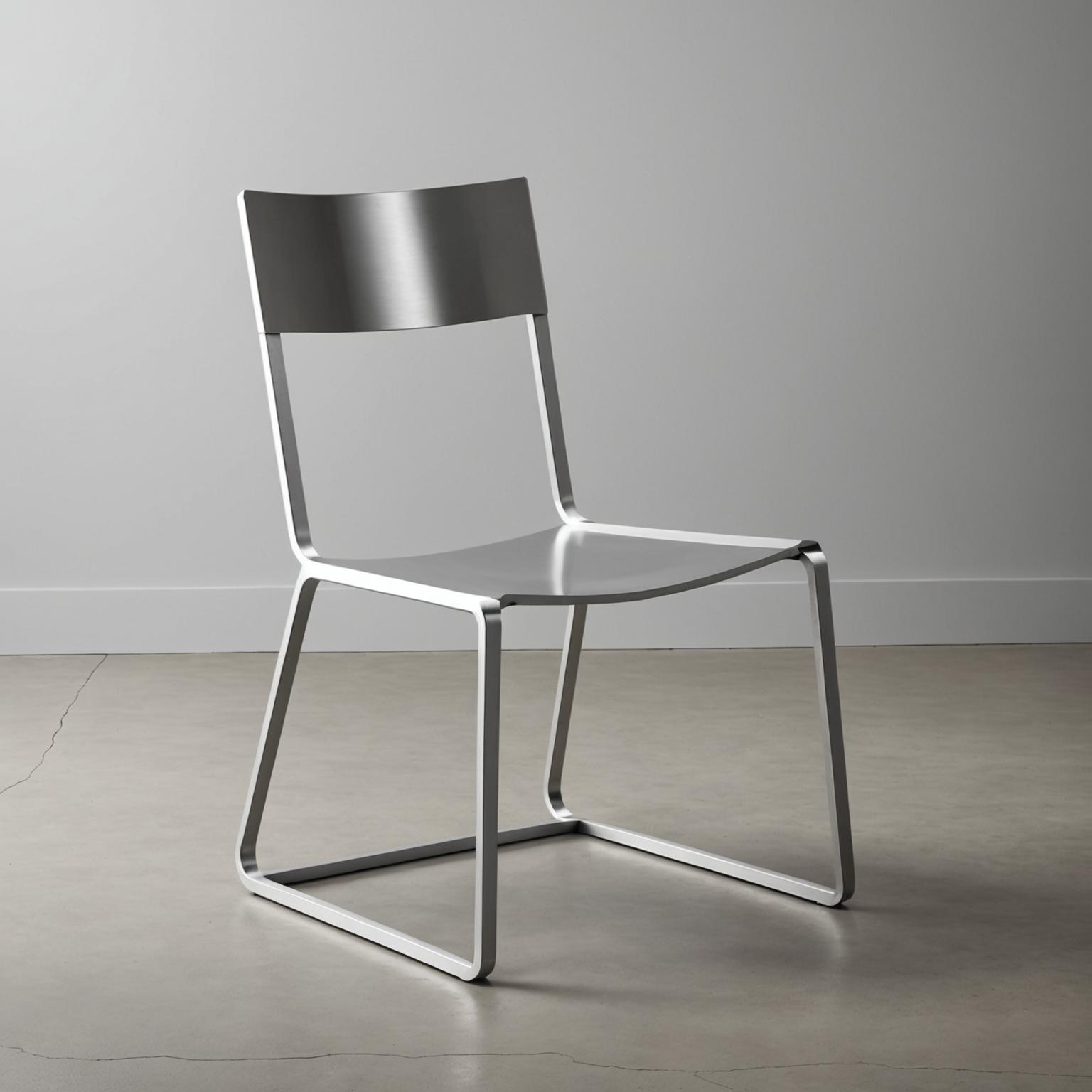Understanding the Difference Between 304 and 201 Stainless Steel

When investing in stainless steel furniture such as chairs or tables, the choice between 304 or 201 stainless steel becomes pivotal. Both 304 and 201 are types of stainless steel used frequently in furniture manufacturing due to their corrosion resistance and durability. However, understanding the difference is crucial in making an informed purchase decision.
304 stainless steel is considered high-quality due to its higher content of nickel and chromium, which provides superior corrosion resistance. It's the ideal choice for environments that demand excellent durability and robustness, making it perfect for premium and long-lasting stainless steel furniture designs, like those found in contemporary offices or upscale residential settings. On the other hand, 201 stainless steel uses a higher proportion of manganese and nitrogen as a replacement for part of the nickel, making it less resistant to corrosion but more affordable, perfect for budget-conscious buyers or for indoor applications where moisture exposure is minimal.
Key Characteristics of Stainless Steel Furniture
Stainless steel furniture stands out due to its sleek aesthetics and assured durability. When examining 304 or 201 stainless steel furniture, such as the sophisticated design of a modern chair, one will notice the metallic sheen that adds a touch of elegance to any environment. These materials ensure furniture can withstand wear and tear, with 304 stainless steel being the preferred option in high-use or public areas due to its superior resistance to rust and staining.
The seamless design found in high-end stainless steel furniture showcases its aesthetic versatility; the pieces can easily complement or elevate various interior styles, from minimalist to industrial. Whether it's in a living room, office, or even a commercial setting, the strength combined with the design elegance of stainless steel furniture makes a lasting impression.
How to Distinguish Between 304 and 201 Stainless Steel
To distinguish between 304 and 201 stainless steel, start by examining the weight and the finish. 304 stainless steel is typically heavier due to its density and has a more polished finish, providing a mirror-like shine. In contrast, 201 appears slightly duller and feels lighter.
A simple magnetic test can also be indicative; 201 stainless steel is often slightly magnetic due to the higher manganese content, whereas 304 stainless steel is not. Spotting rust is another telltale: over time, 201 stainless steel may show signs of rust in areas prone to moisture, whereas 304 remains rust-free much longer.
Regarding price, 304 is generally more expensive than 201, which reflects its superior quality and longevity. Consider your budget and the intended application of your furniture when choosing between the two. For outdoor environments or locations frequently exposed to moisture, investing in 304 stainless steel furniture is wise.
In conclusion, choosing between 304 or 201 stainless steel boils down to your specific needs, usage environment, and budget. While 304 offers higher resistance and long-term value, 201 is a cost-effective option for less demanding applications. Understanding these distinctions aids in ensuring that your choice of stainless steel furniture will meet your expectations and serve your purposes effectively.








